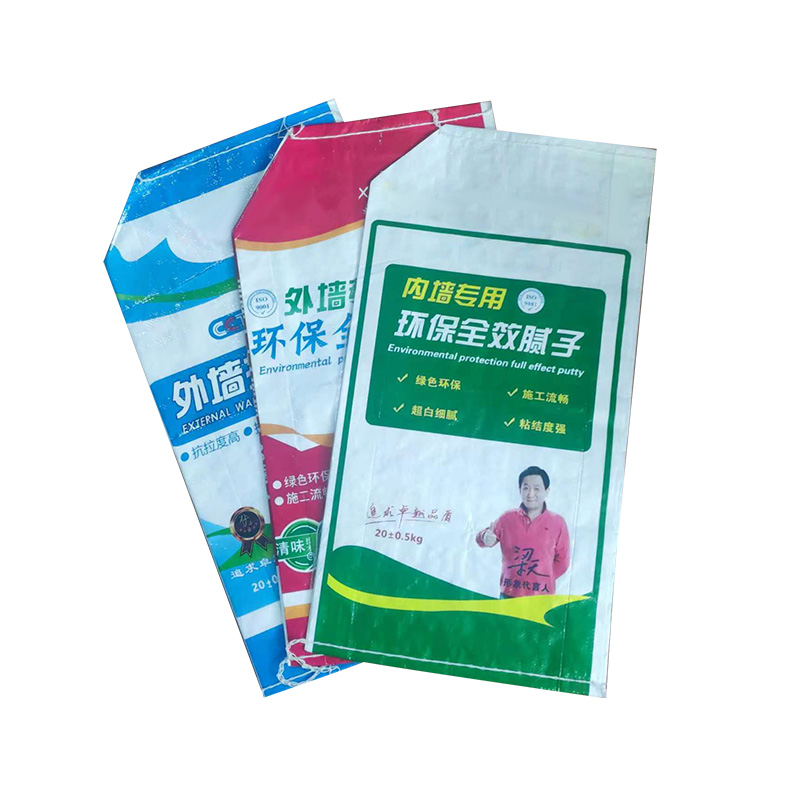The packaging trend is moving towards lightweight and durable solutions. This trend is driven by the growing need to reduce transportation costs, improve handling efficiency, and lessen environmental impact. Among the various types of packaging available, valve paper bags, PP sack bags, and PP woven sugar bags have emerged as versatile options for multiple industries.

Valve paper bags are designed with a built-in valve that allows for quick and efficient filling of powders and granular materials. These bags are widely used in the cement, chemical, and food industries due to their ability to maintain product integrity during transportation. One of the significant advantages of valve paper bags is their combination of lightweight construction and structural strength. By using high-quality paper materials and reinforced stitching, these bags can support heavy loads without compromising ease of handling. Additionally, valve paper bags can be customized with different lining options to enhance moisture resistance and prevent leakage, which is essential for products that are sensitive to environmental conditions.
PP sack bags, also known as polypropylene bags, have gained attention as a reliable alternative for bulk packaging. These bags are commonly employed in agricultural, chemical, and construction sectors because of their durability and flexibility. PP sack bags are capable of holding large quantities of products while remaining resistant to tearing and puncturing. Their lightweight nature allows for more efficient storage and transportation, reducing shipping costs and the overall carbon footprint. Another advantage is the adaptability of PP sack bags to various sealing methods, including heat sealing and stitching, which ensures that contents remain secure during handling.
In the food industry, PP woven sugar bags have become a preferred choice for packaging granular products such as sugar, rice, and grains. These bags are woven from strong polypropylene fibers, offering a balance between weight and strength that allows for safe bulk transportation. The woven structure provides enhanced tear resistance while maintaining flexibility, which is crucial for preventing damage during stacking and distribution. PP woven sugar bags also support printing and labeling, making it easier for manufacturers to display product information and branding. The use of lightweight materials in these bags contributes to reduced material costs without compromising protective qualities.
Across these packaging types, several trends have emerged in recent years. One key trend is the focus on sustainability. Companies are increasingly seeking materials and designs that reduce environmental impact while maintaining functional performance. Lightweight packaging, such as valve paper bags and PP sack bags, helps reduce resource consumption, energy use, and transportation emissions. In addition, many manufacturers are exploring recyclable and biodegradable options to meet regulatory requirements and consumer demand for eco-friendly products.
Another notable trend is the integration of functional features into packaging. For example, valve paper bags often include moisture-resistant linings or anti-static coatings, enhancing their suitability for sensitive products. Similarly, PP sack bags can be treated with UV-resistant coatings or reinforced with additional layers to improve durability. These innovations allow packaging to meet the specific needs of different industries while maintaining a lightweight profile.
The rise of automation and digital printing technologies is also shaping the packaging landscape. Valve paper bags, PP sack bags, and PP woven sugar bags can be manufactured with precise dimensions and printed designs, which improves production efficiency and product consistency. Automated filling and sealing systems further enhance the handling of these bags in industrial settings, reducing labor costs and lessening the risk of product damage.
The trend toward lightweight yet strong packaging is influencing the design and use of valve paper bags, PP sack bags, and PP woven sugar bags across various industries. These packaging solutions offer a combination of durability, flexibility, and cost efficiency, making them suitable for a wide range of applications from food to chemicals and construction materials. As sustainability and functional innovation continue to shape the industry, these types of packaging are likely to remain key options for manufacturers and distributors seeking reliable and environmentally conscious solutions. By balancing strength with reduced material use, companies can achieve operational efficiency while responding to evolving market demands.


 English
English Español
Español عربى
عربى
